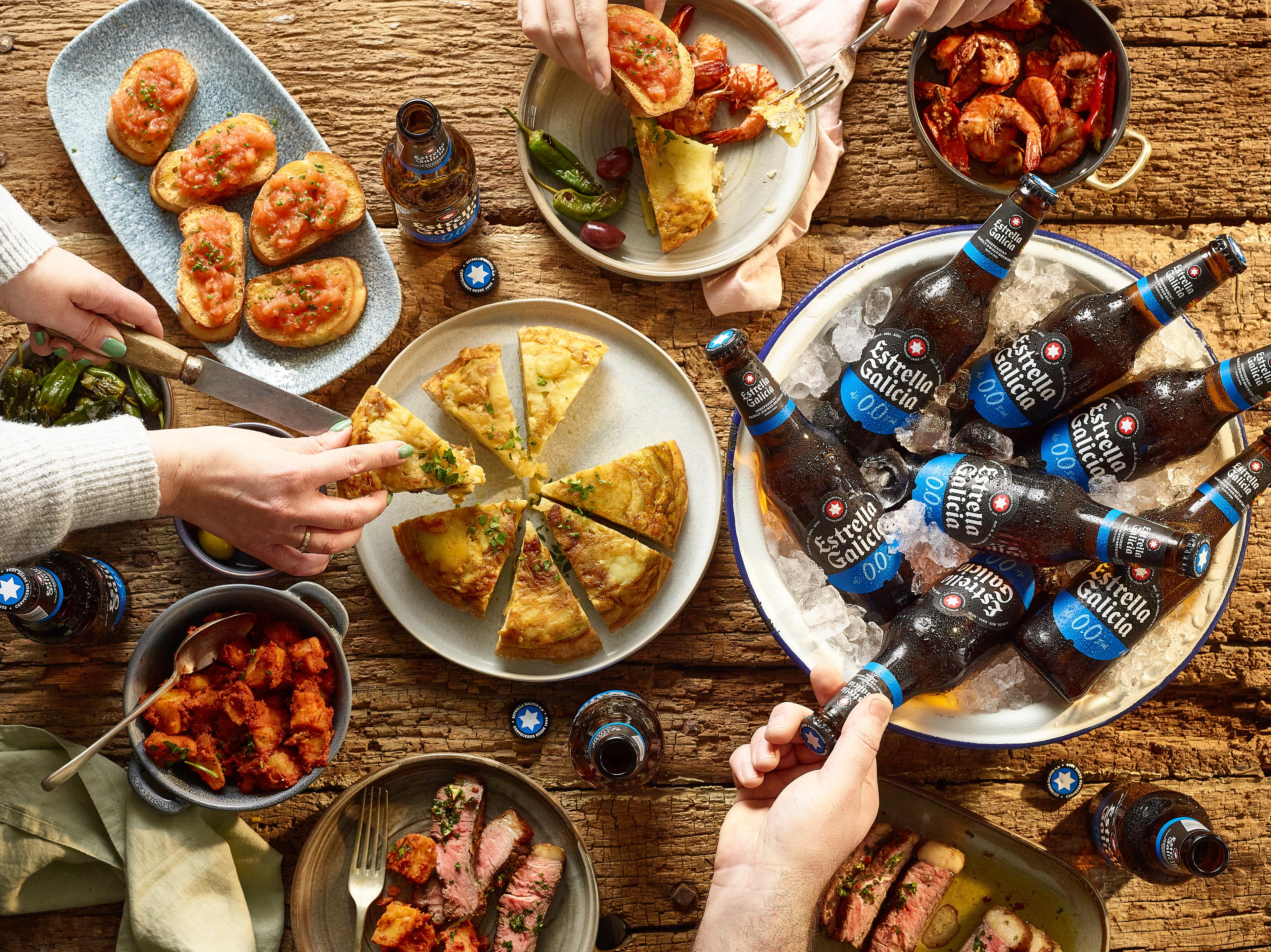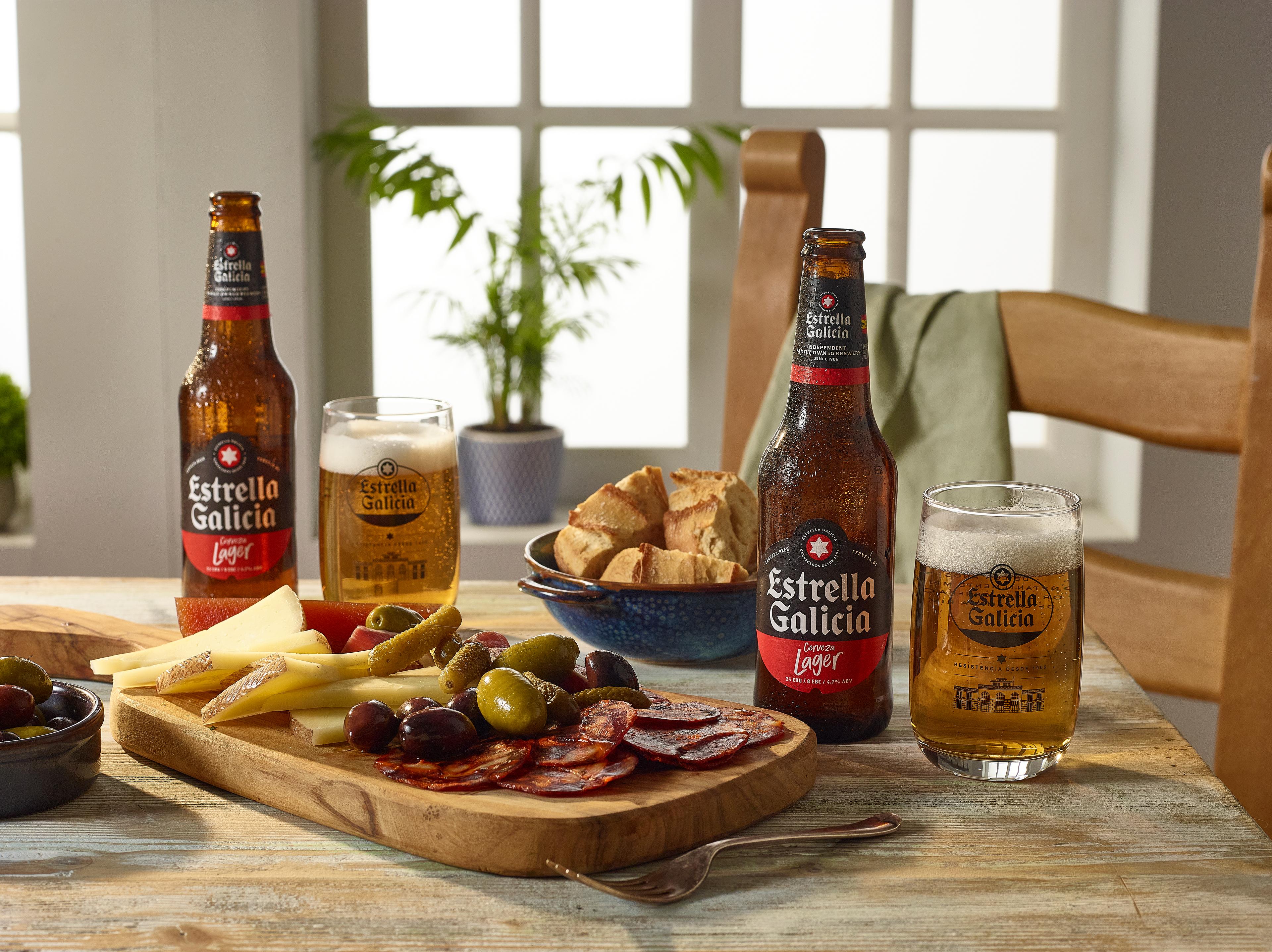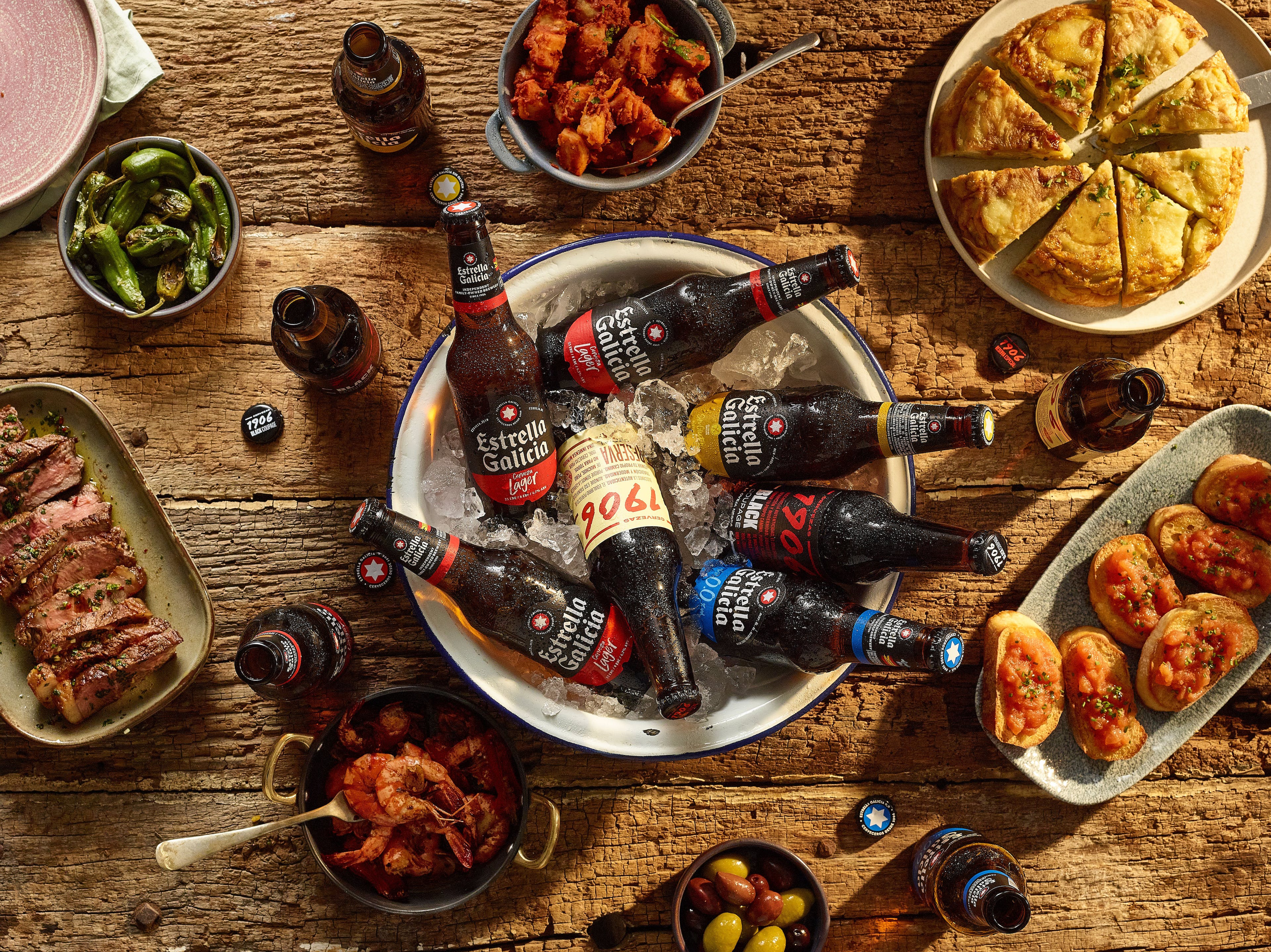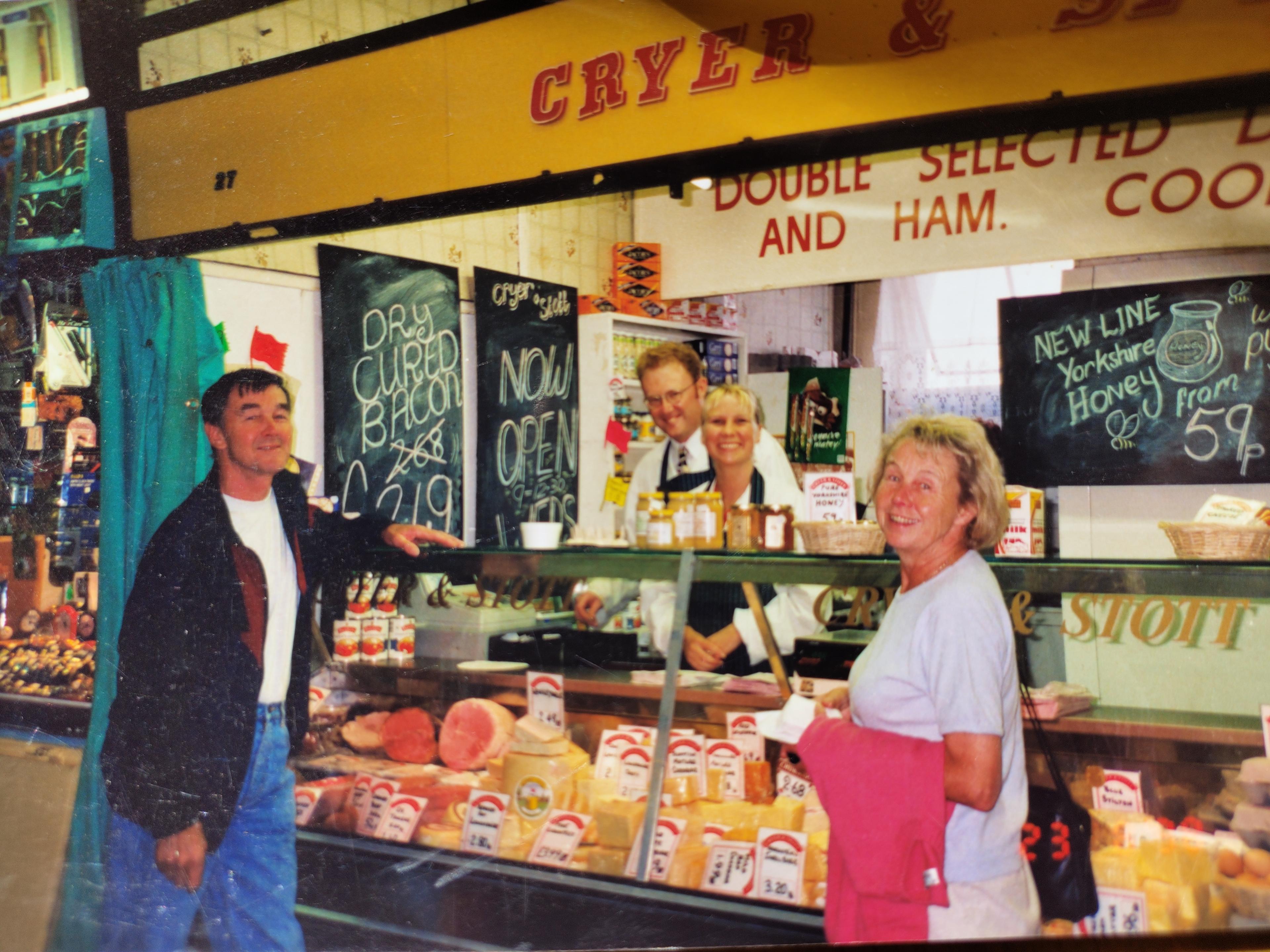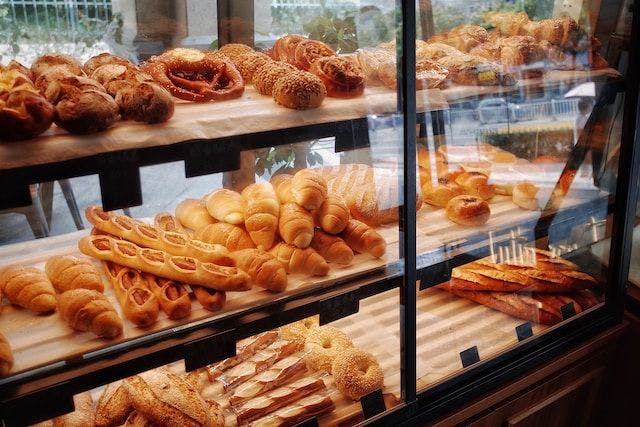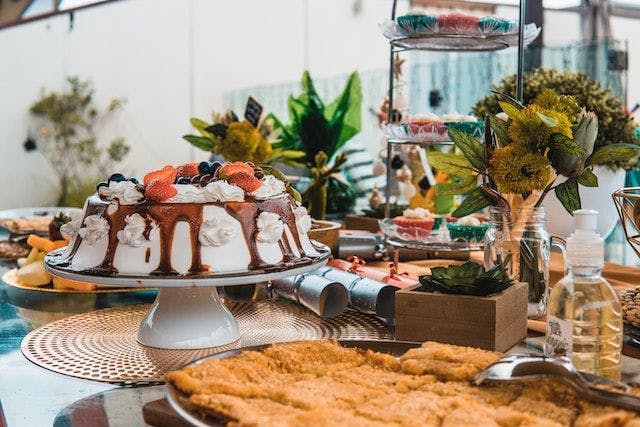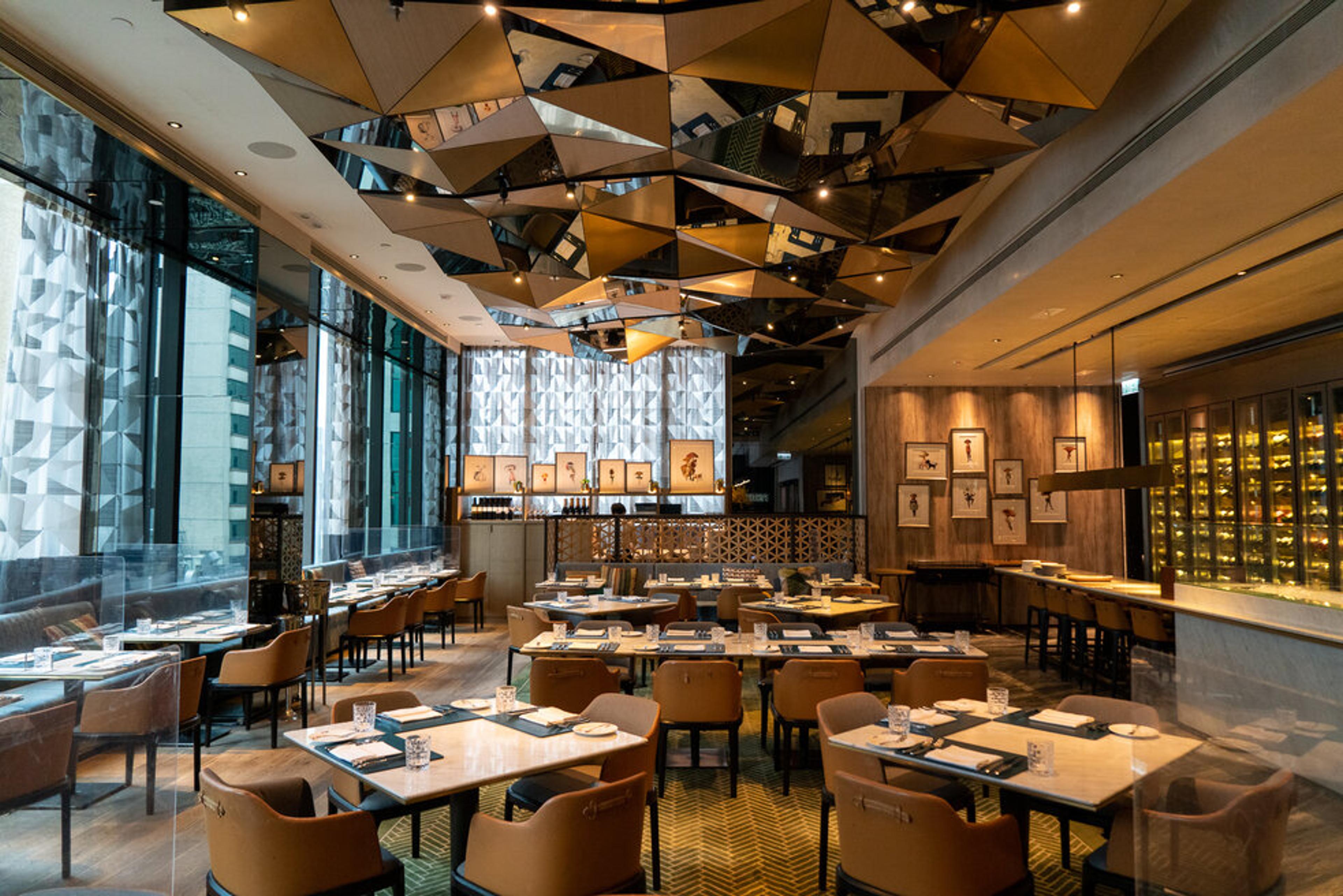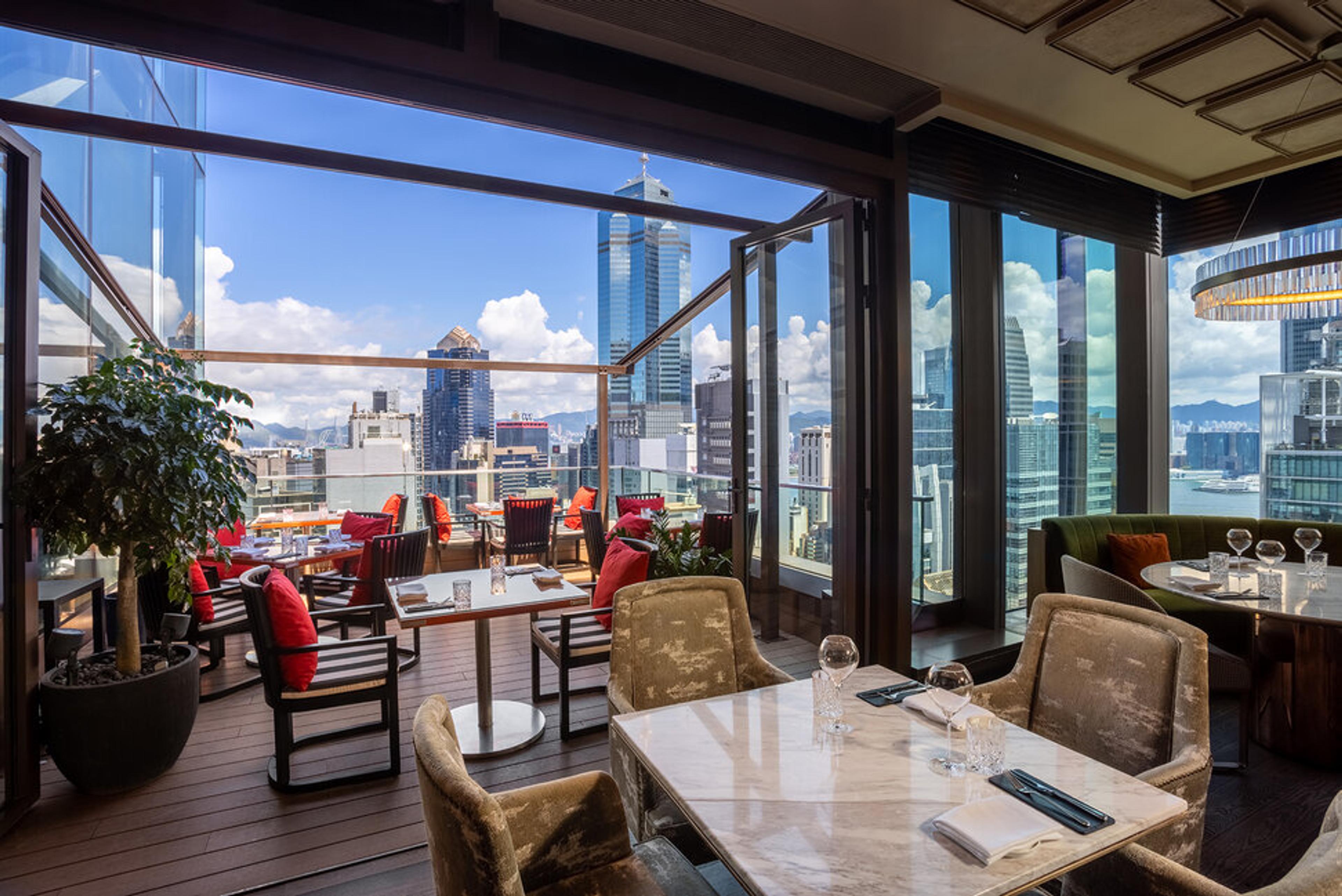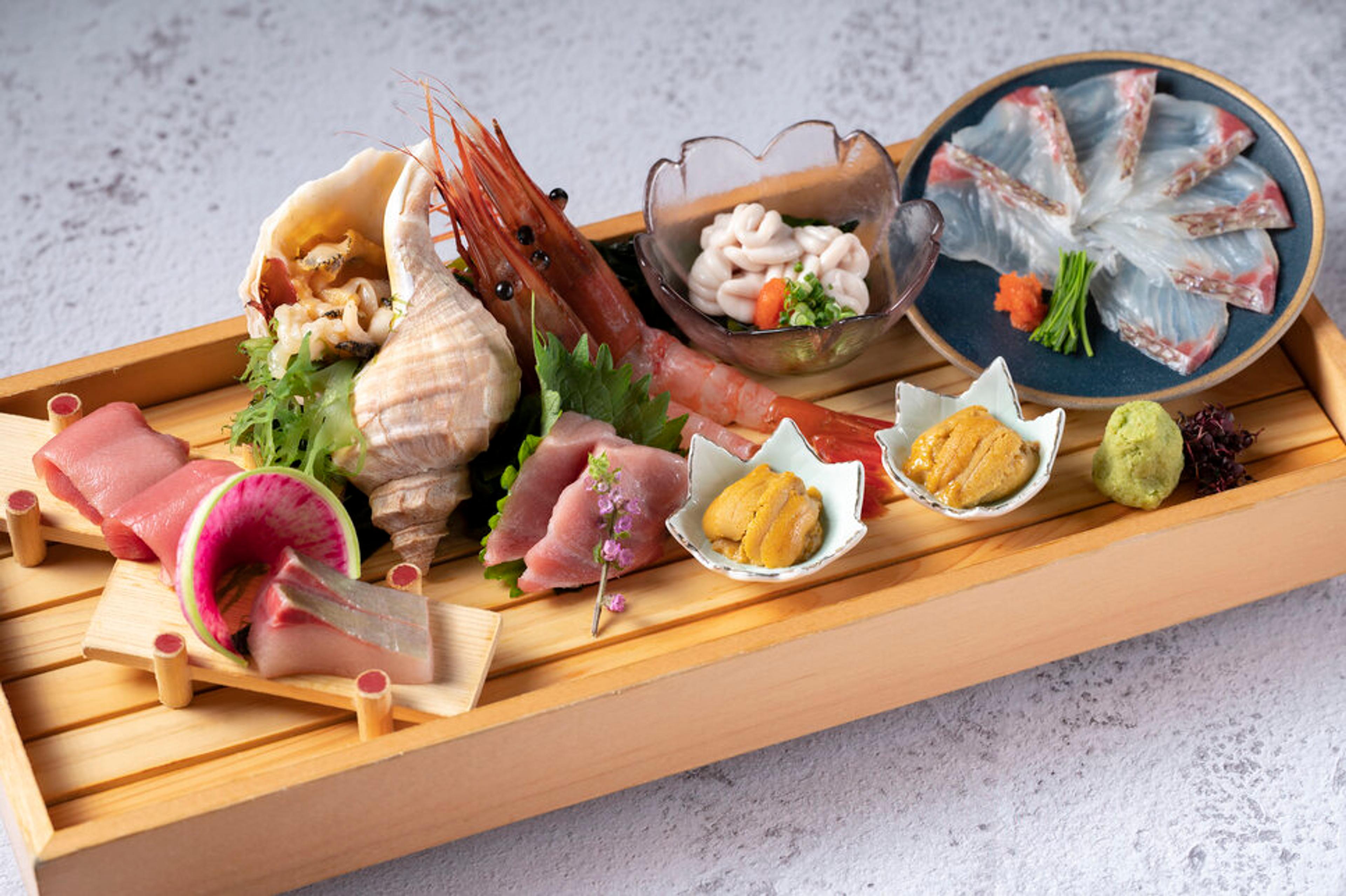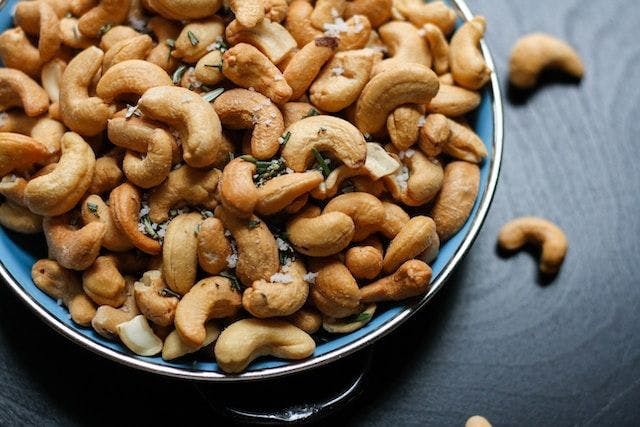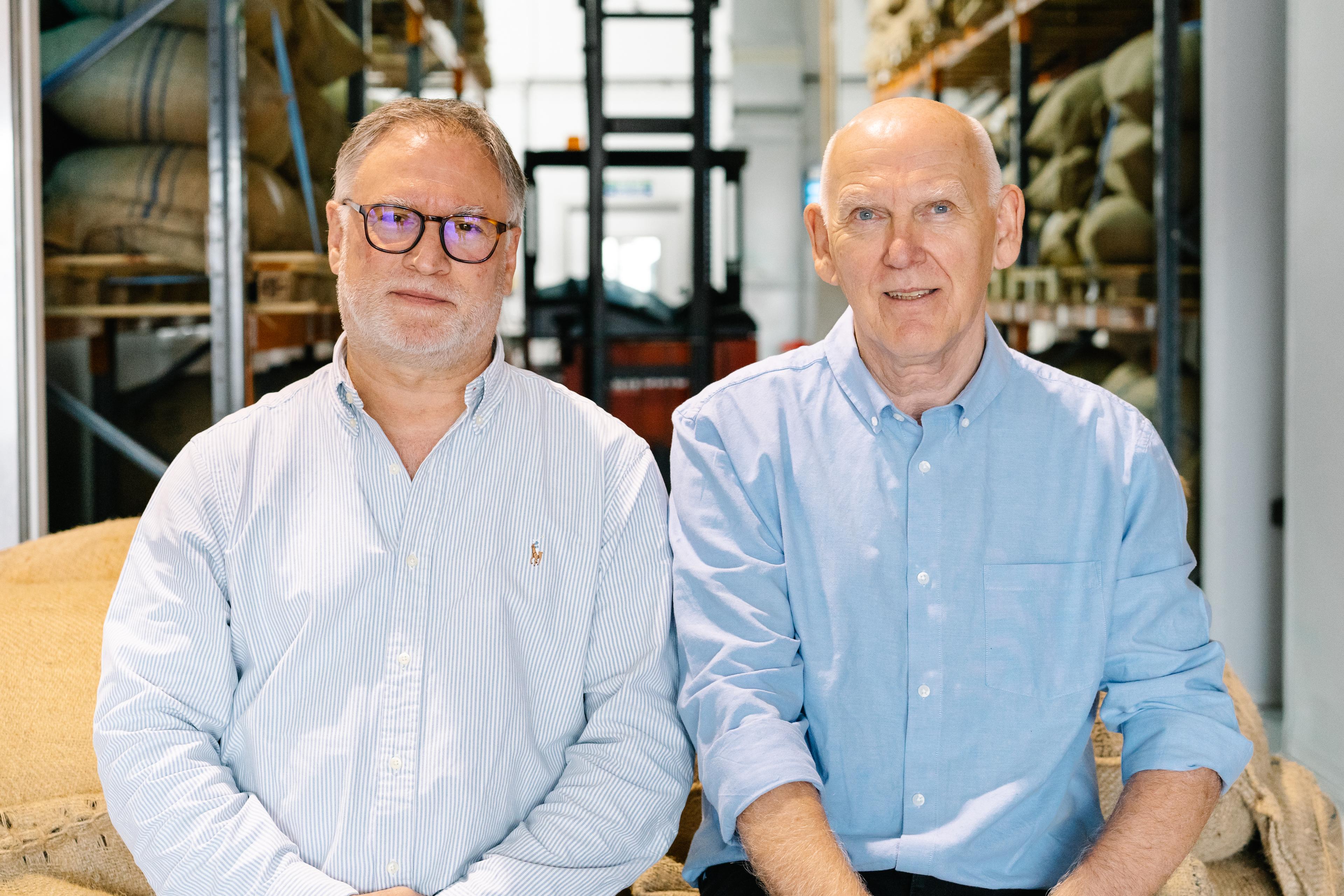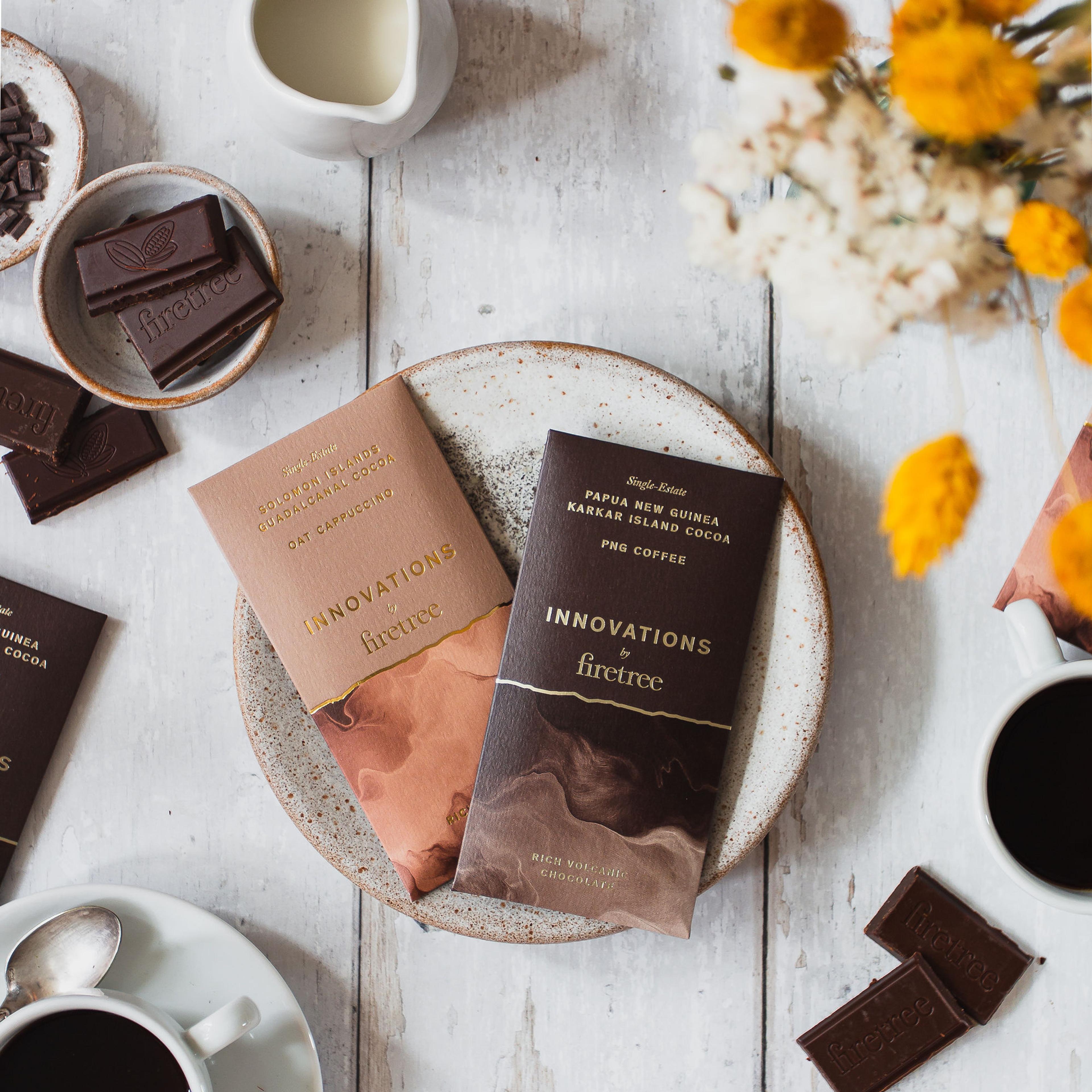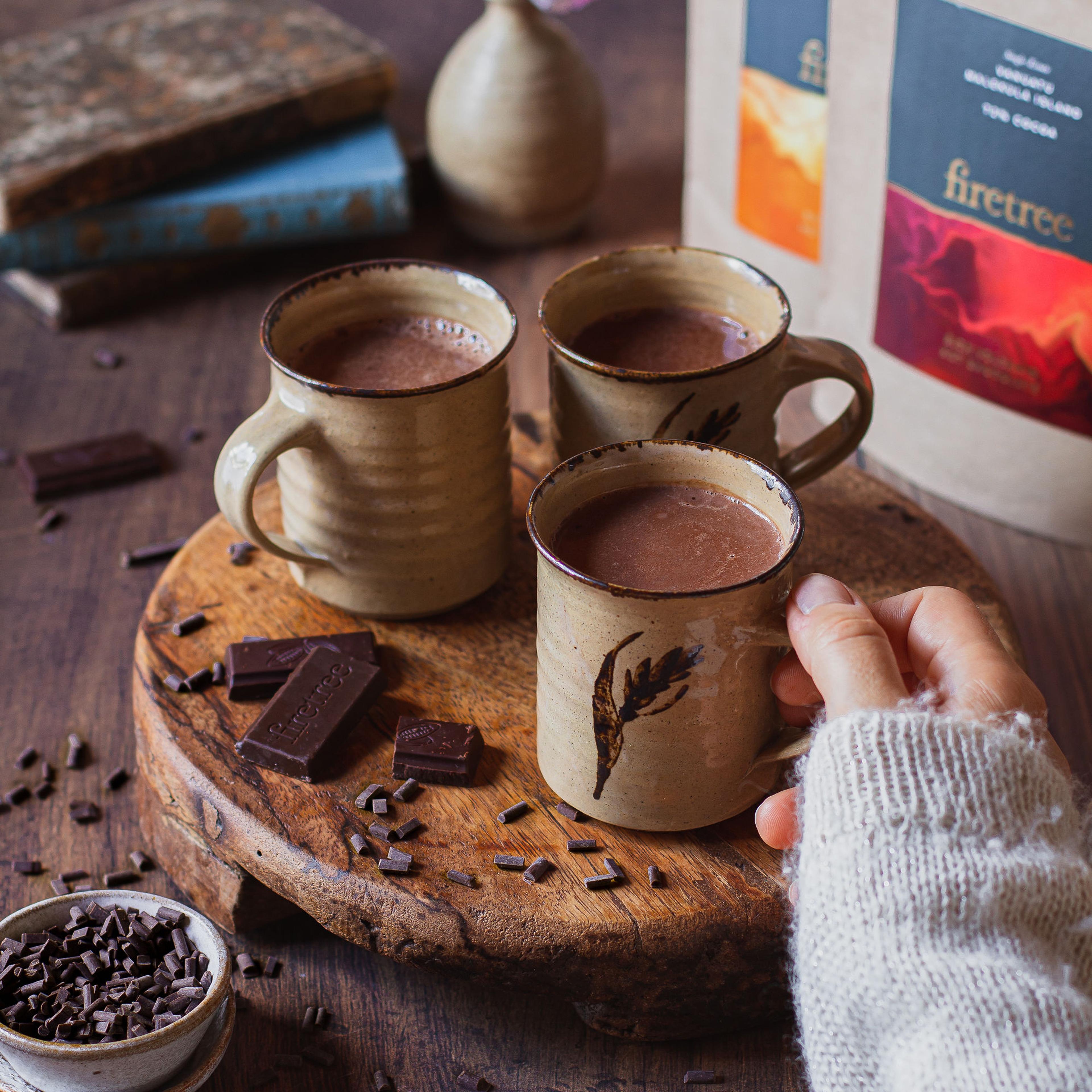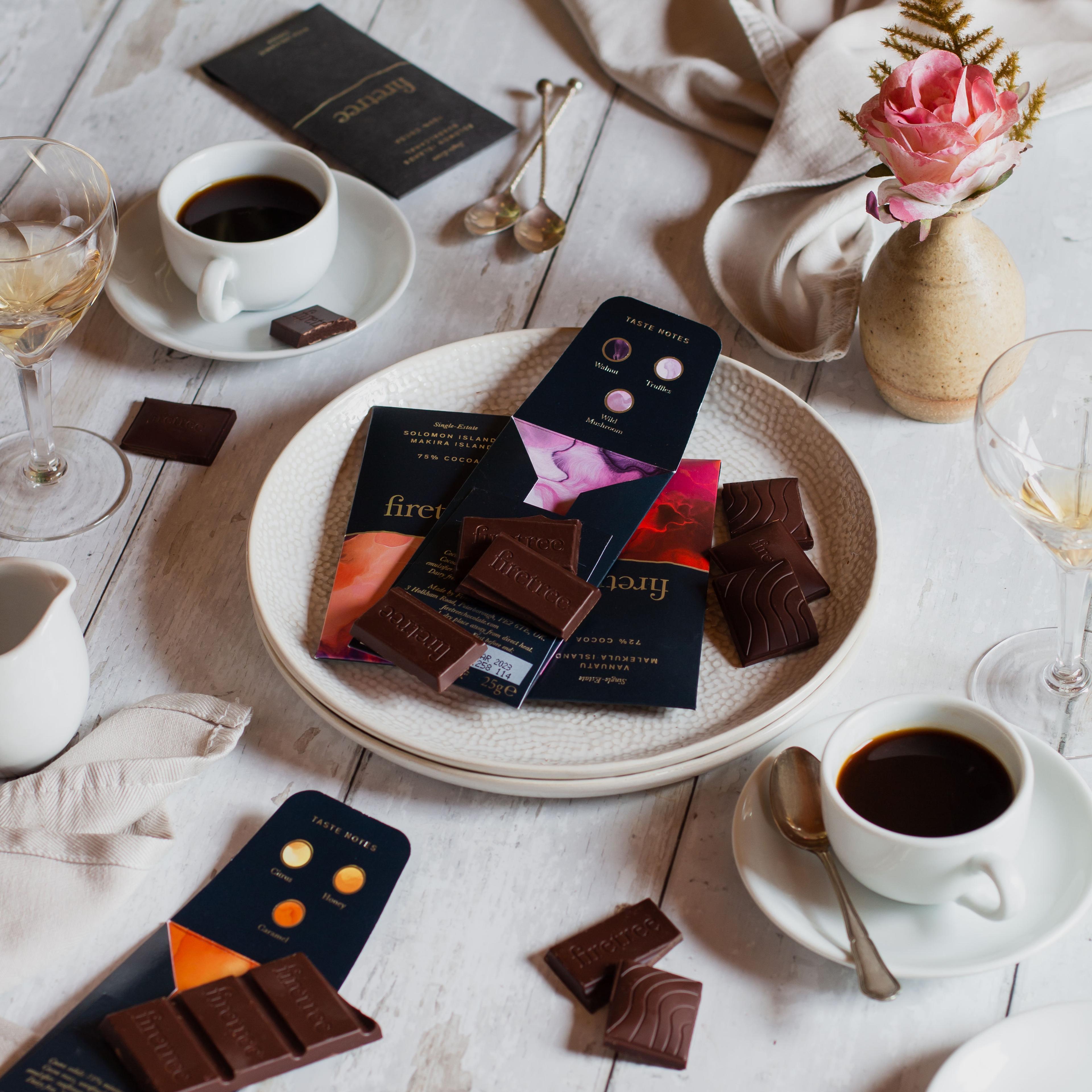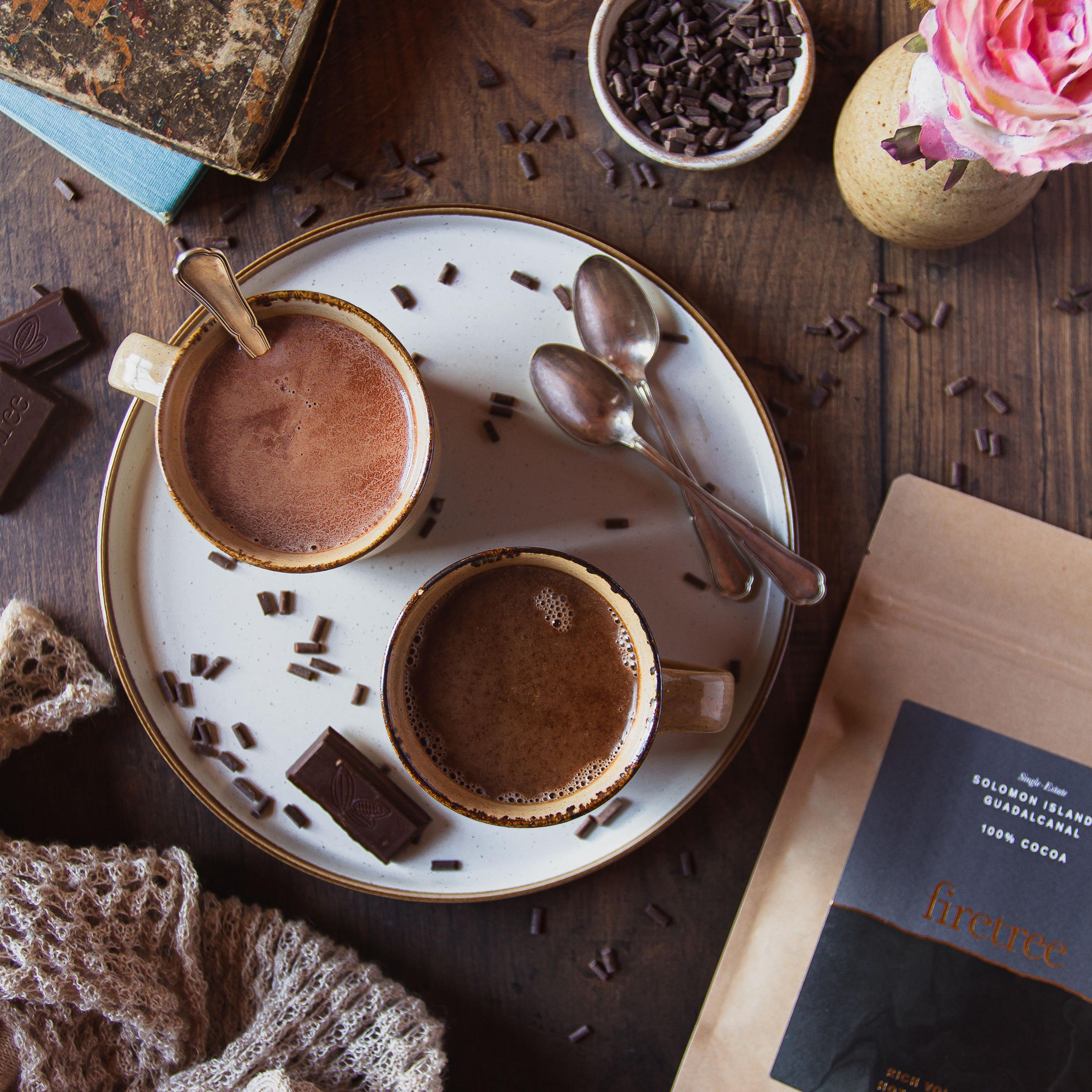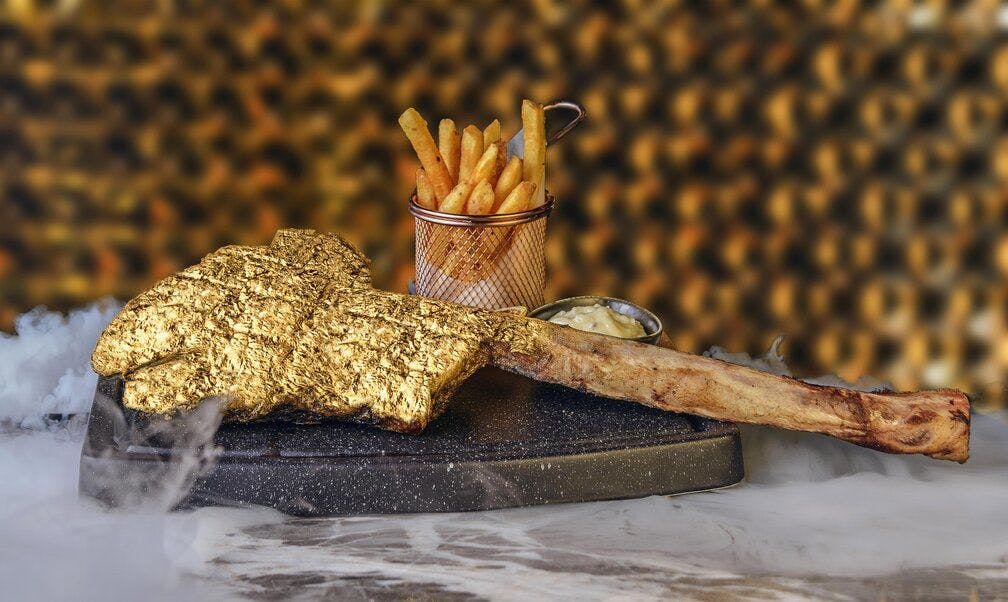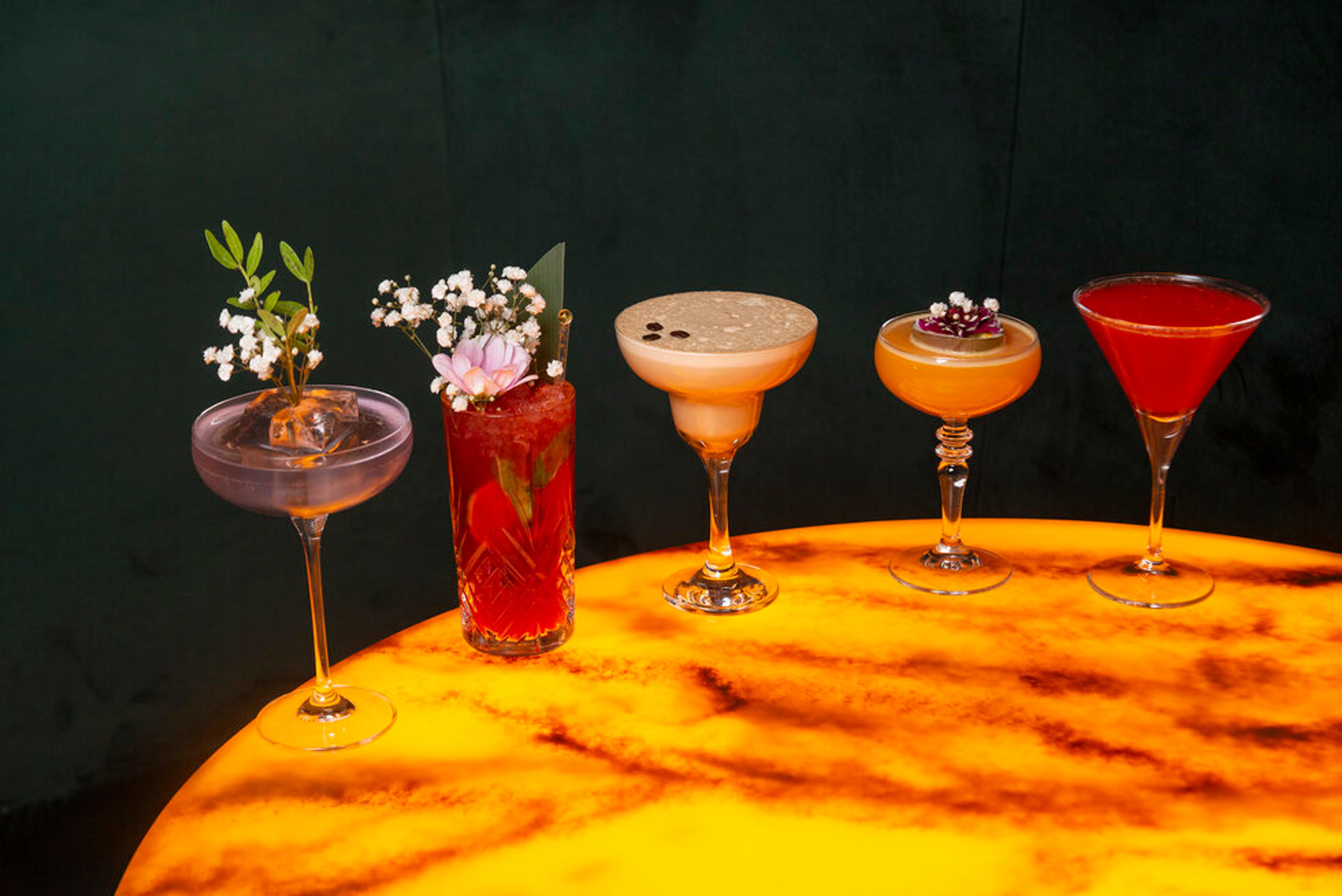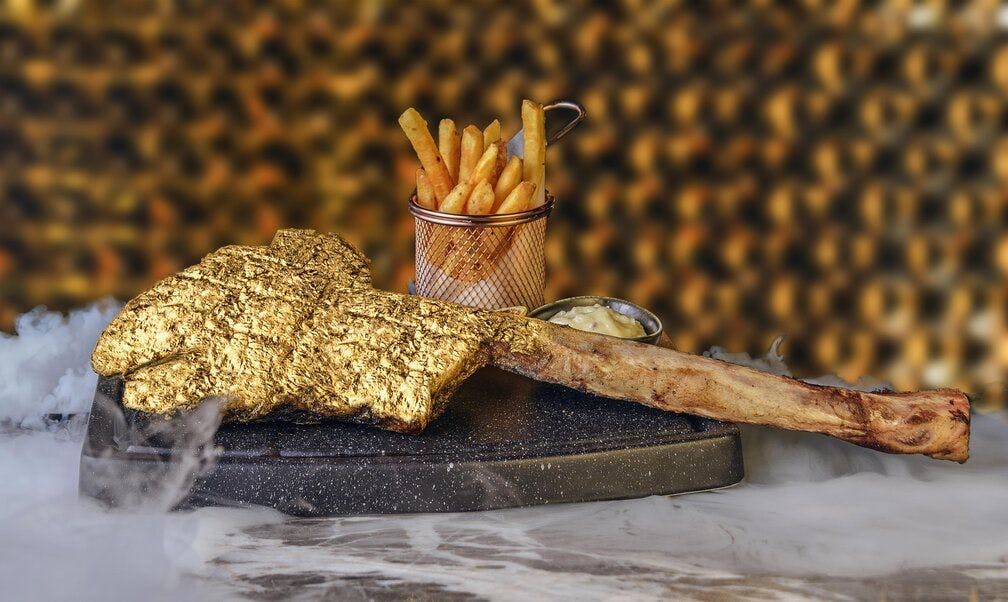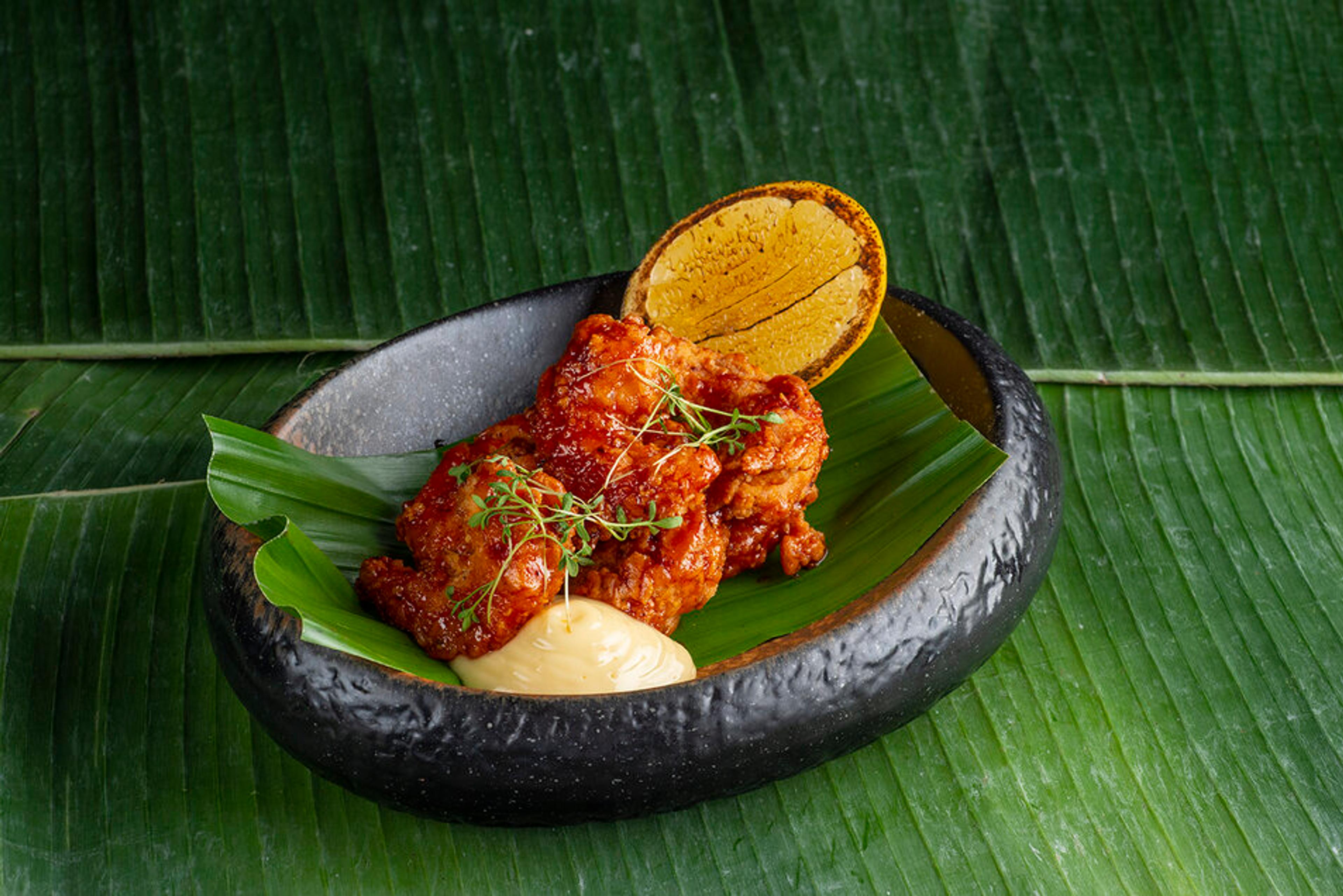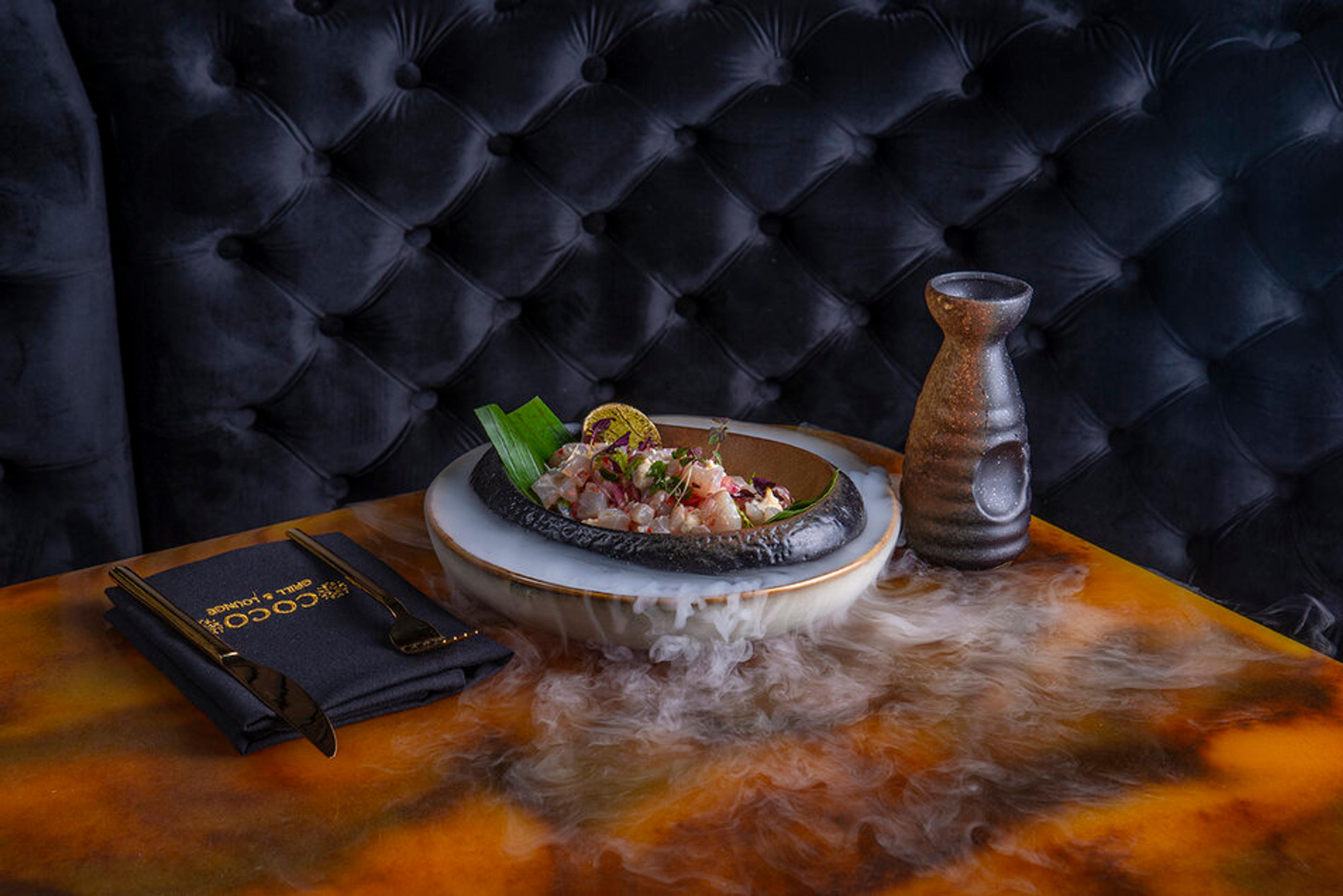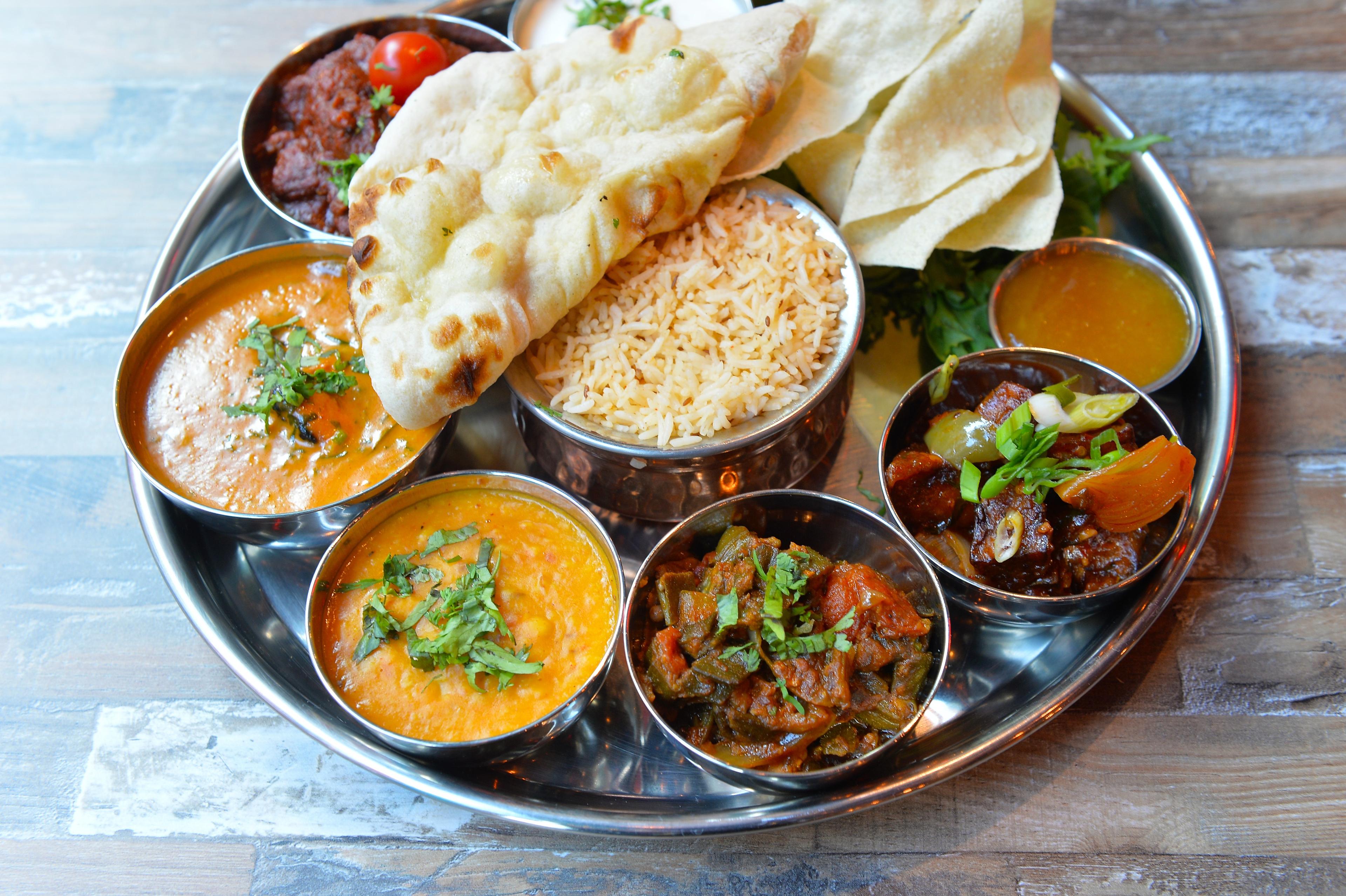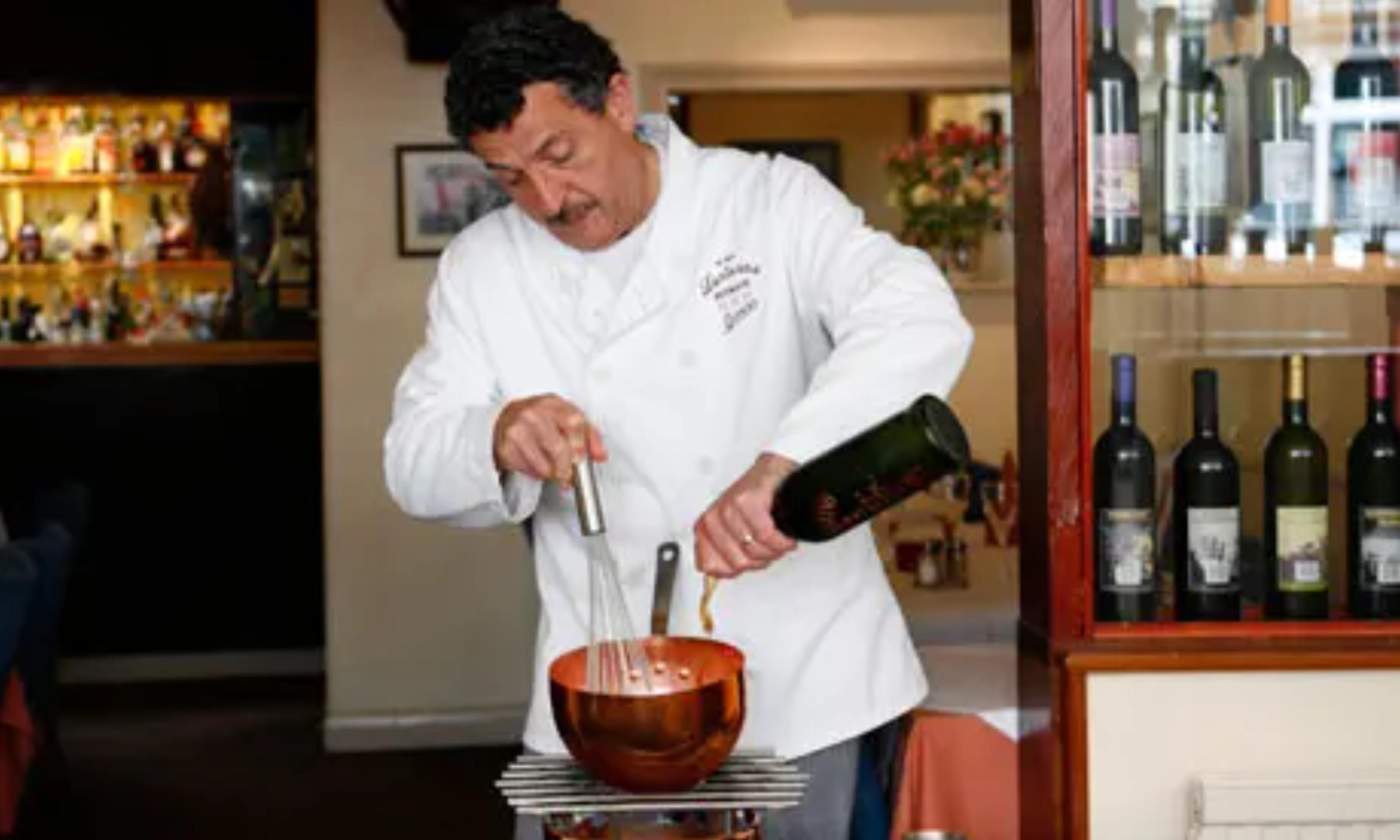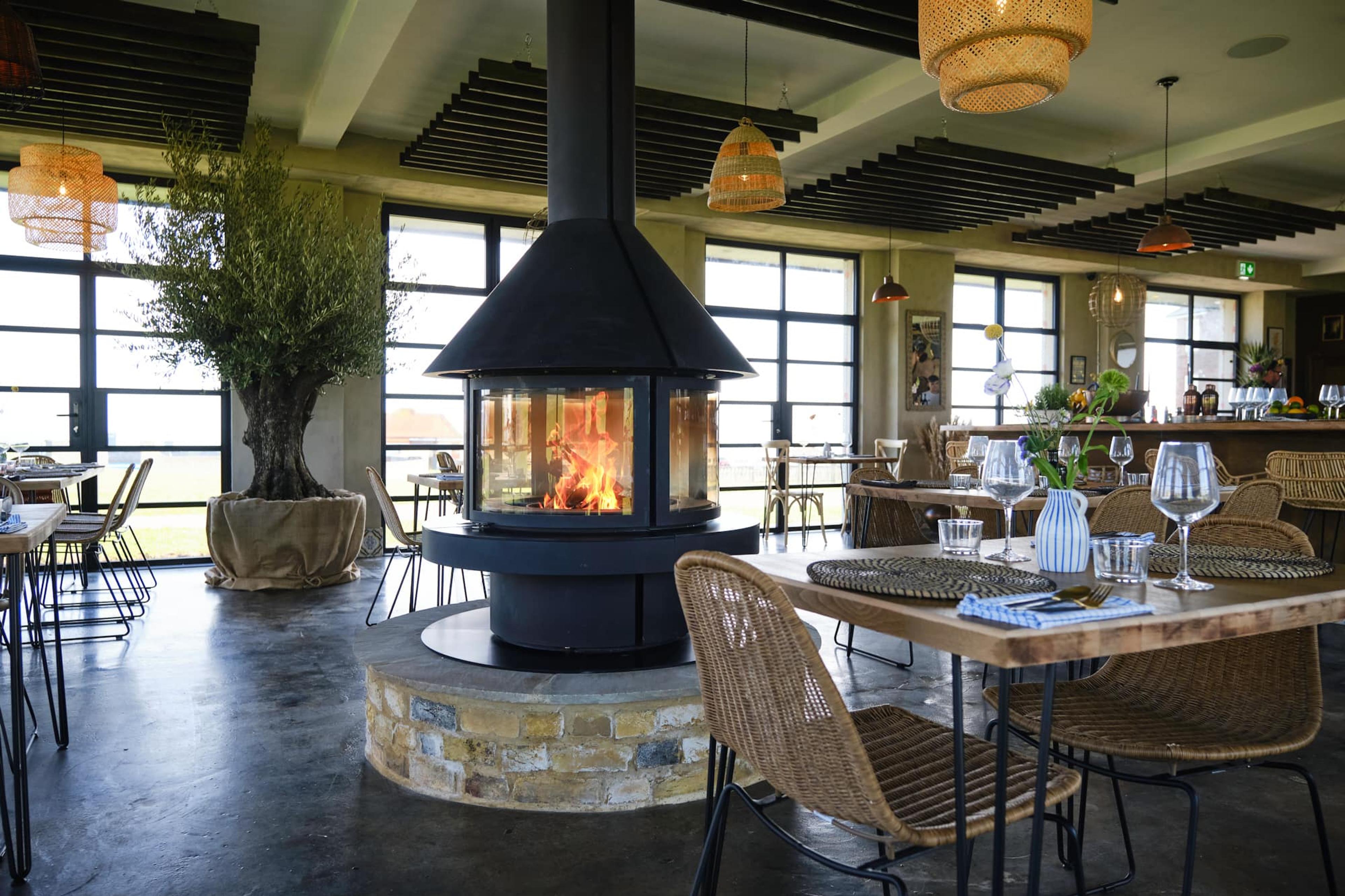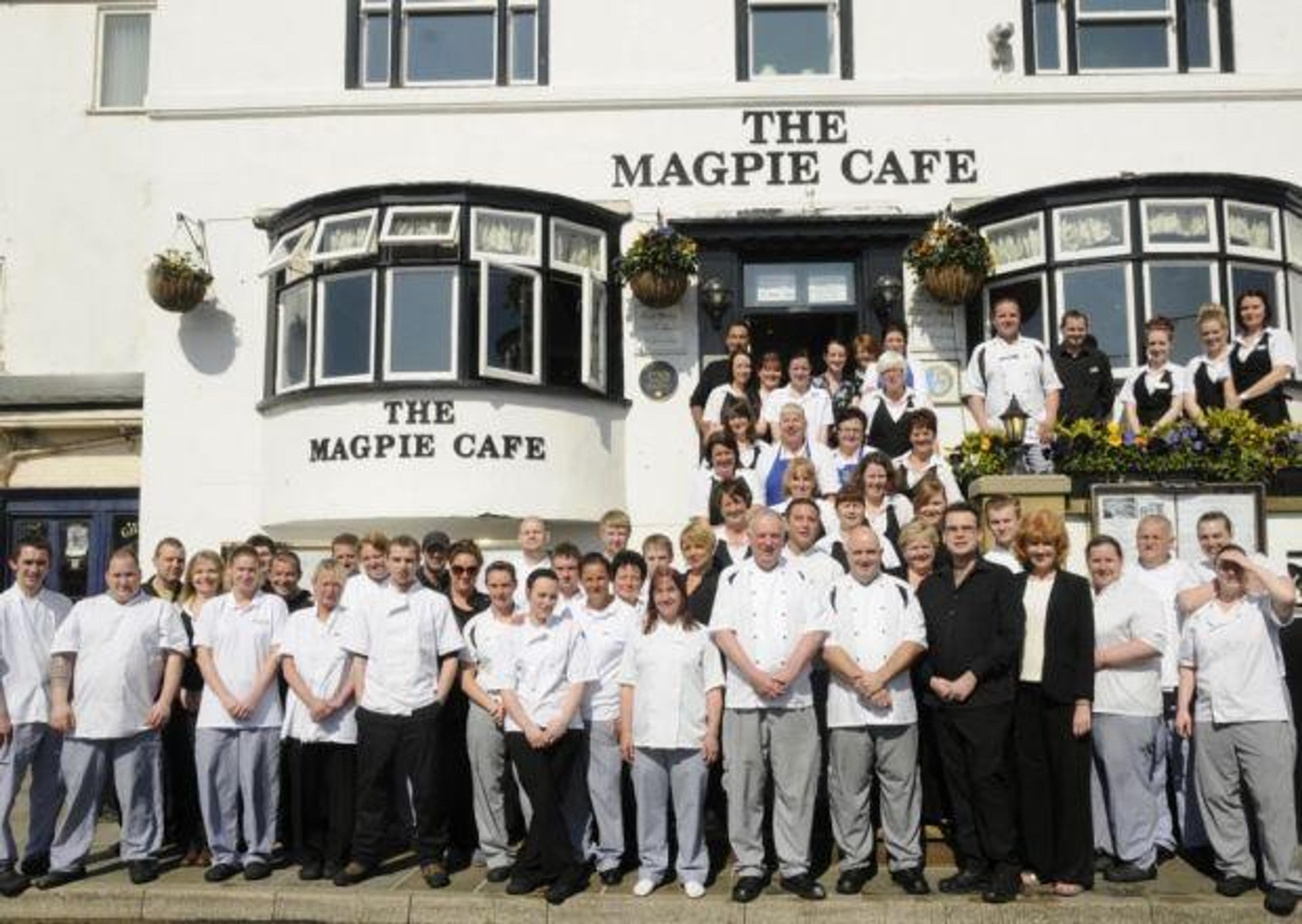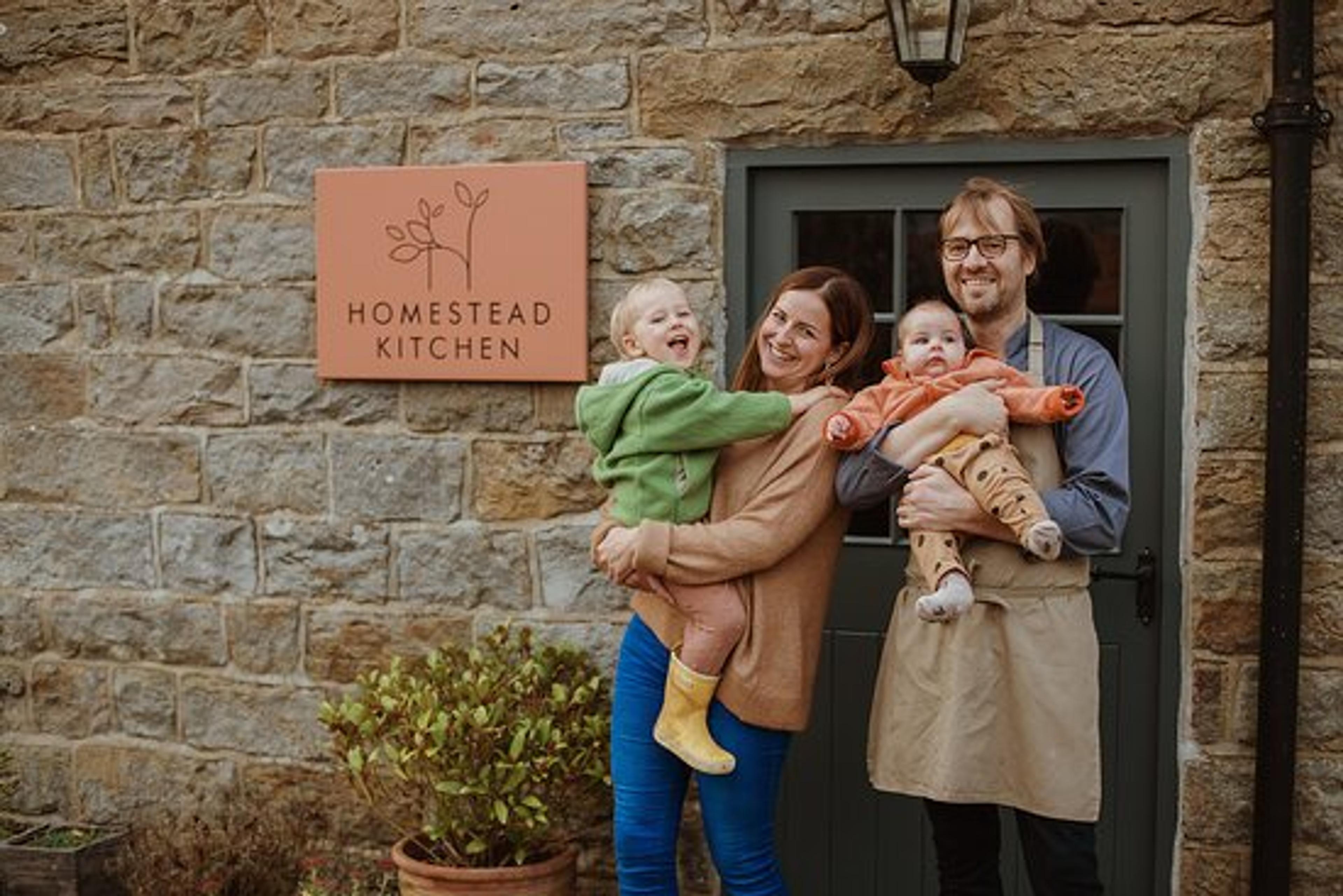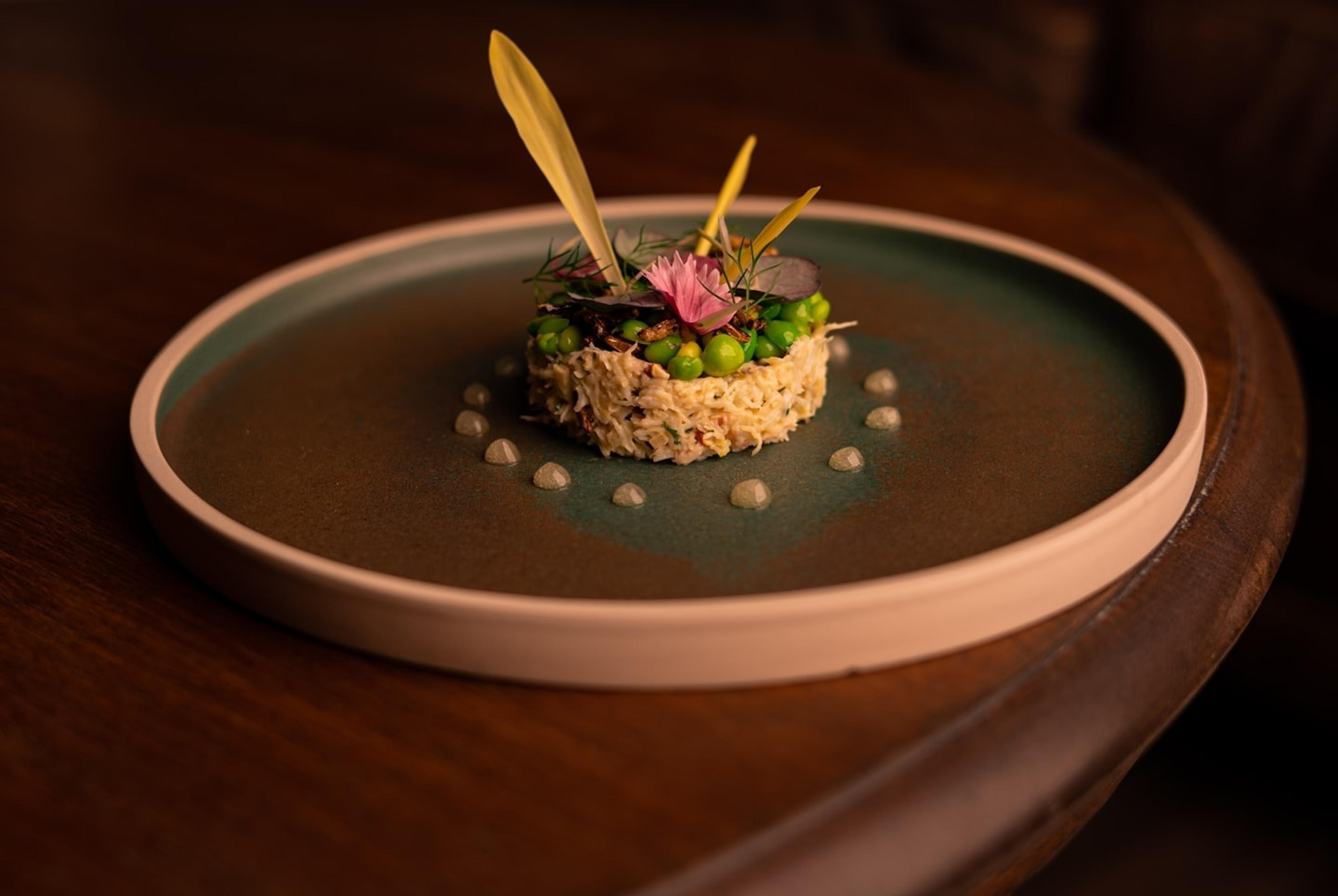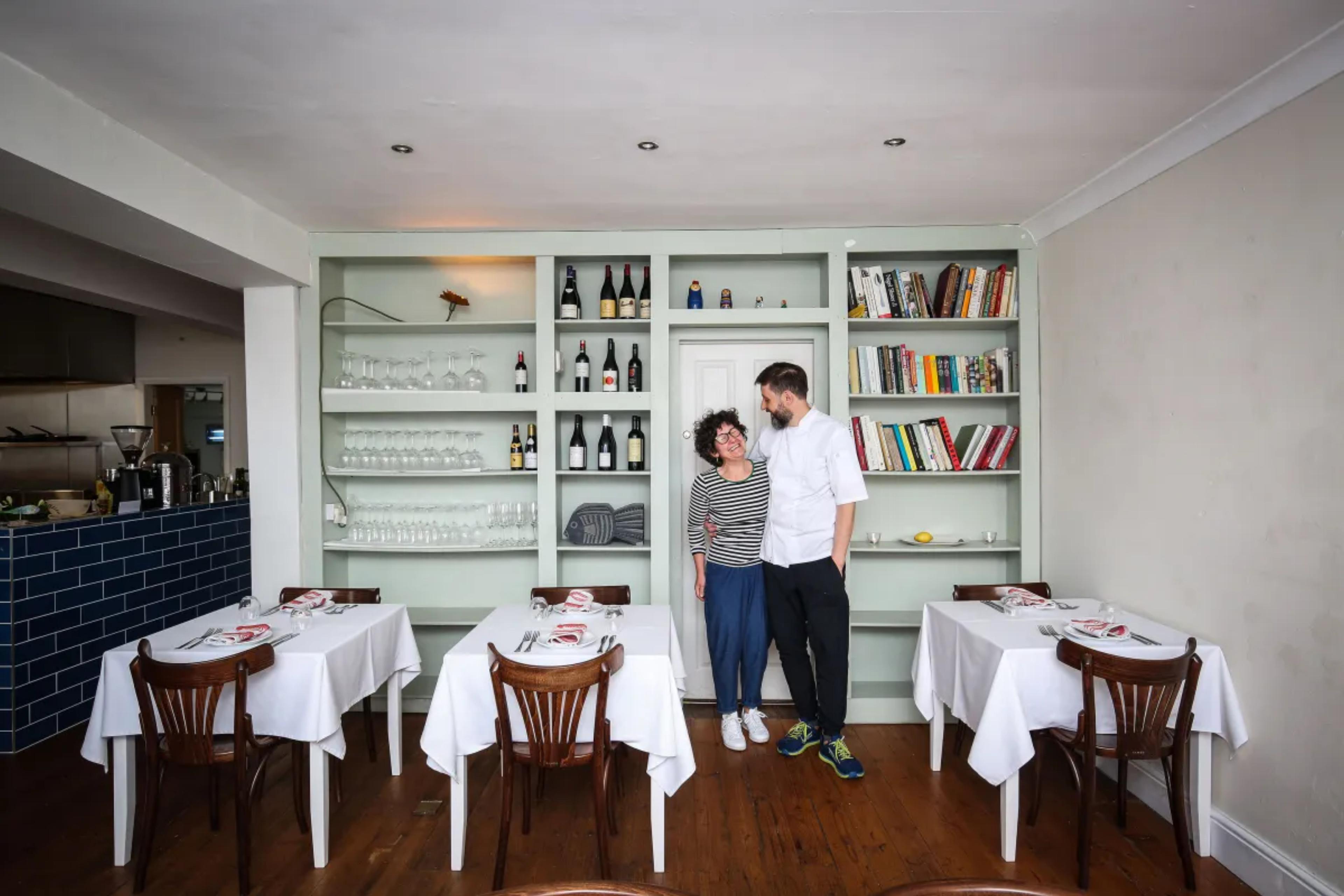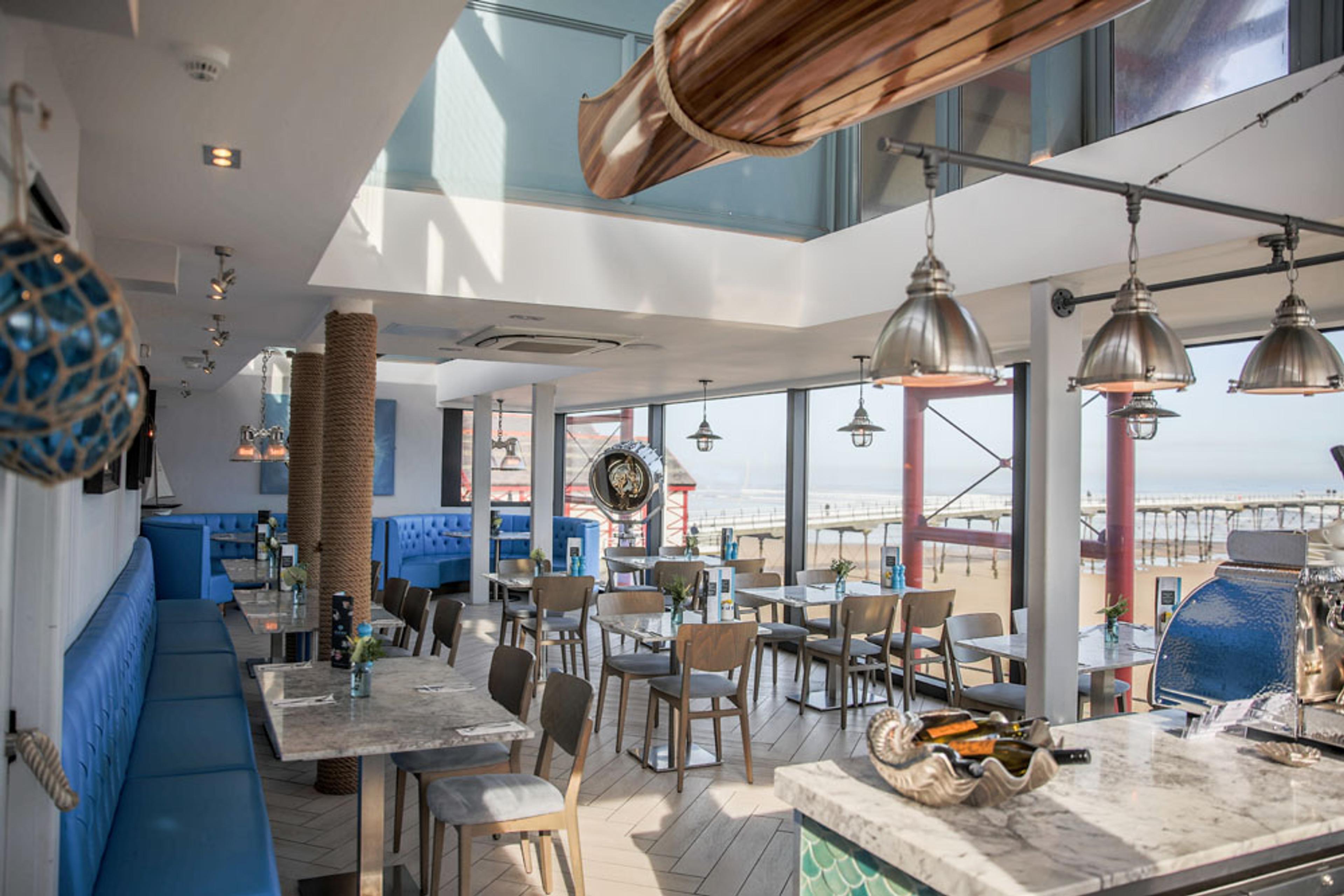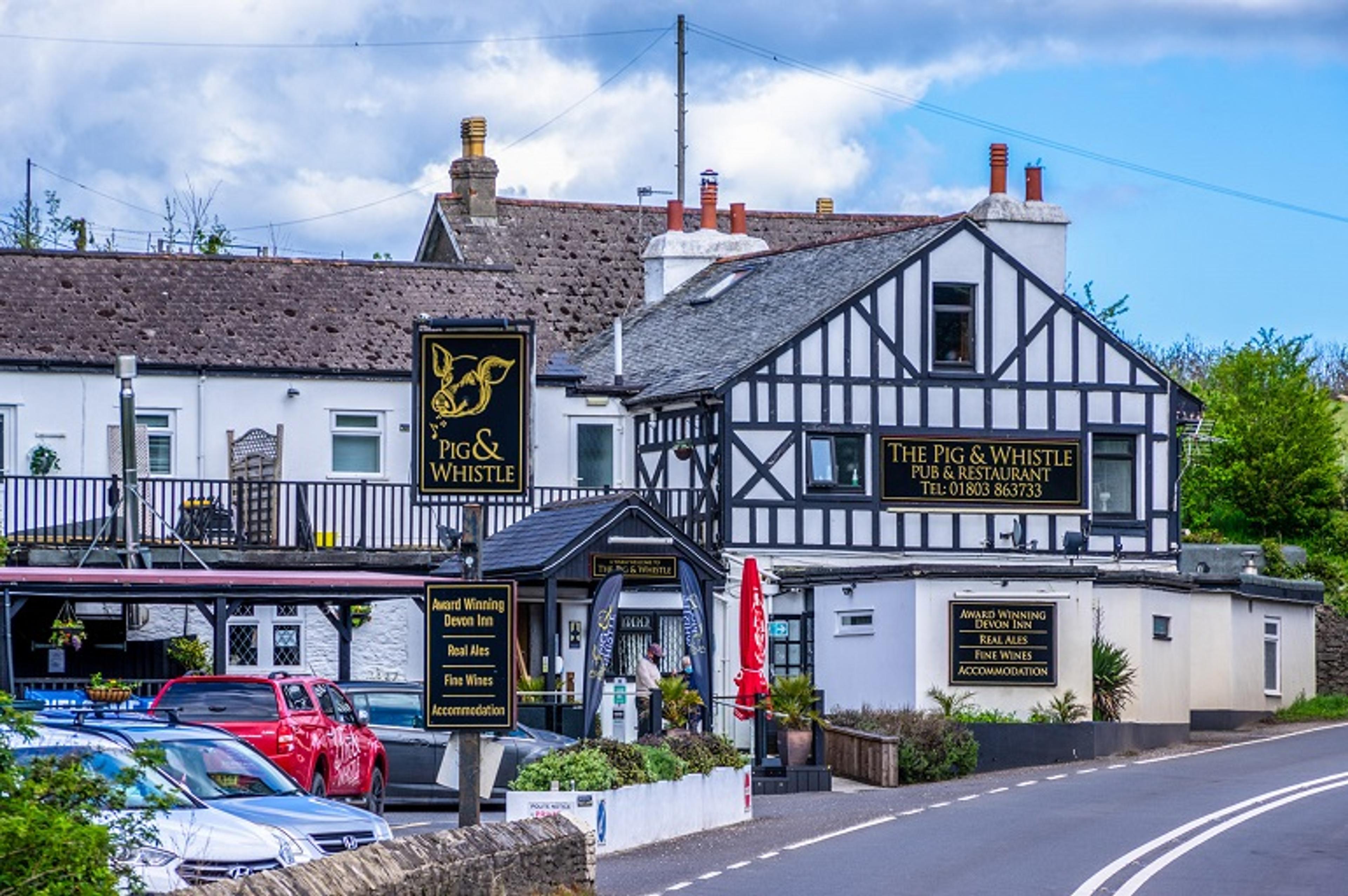Acaju, also known as cashew fruit, is a tropical fruit native to Brazil. It is a versatile ingredient used in various cuisines and dishes. Acaju is sweet, juicy, and flavorful, and it is commonly used in jams, juices, cocktails, and desserts.
Acaju has a unique sweet, tangy flavor with a subtle tropical taste. The fruit is also rich in nutrients, such as vitamin C, vitamin E, and antioxidants. Acaju is low in calories and fiber, making it a healthy ingredient for many dishes. This article will explore the versatility of acajou or Cashews in various cuisines and dishes.
Acajou in Brazilian Cuisine
Acaju is a staple ingredient in Brazilian cuisine, particularly in the northern region. In this region, acajou is used to make a popular drink called “cajuína,” which is made by boiling the fruit and fermenting the juice. Cajuína is a refreshing drink that many people in Brazil enjoy, especially during the hot summer months.
Acaju is also used to make a popular Brazilian dessert called “cajuzinho,” a sweet made with condensed milk, ground nuts, and sugar. Cajuzinho is a delicious and easy-to-make dessert that people of all ages in Brazil enjoy.
Acajou in Indian Cuisine
Acaju is also used in Indian cuisine, particularly in coastal regions. Acajou makes various dishes in these regions, including curries, chutneys, and snacks.
One popular dish made with acajou is “Acaju chicken,” a spicy and flavorful curry made with chicken, nuts, and various spices. Acaju chicken is a popular dish that is enjoyed by many people in India and around the world.
Acaju is also used to make a popular snack called “Kaju pakoda,” a deep-fried snack made with a batter of chickpea flour, nuts, and spices. Kaju pakoda is a delicious and crispy snack that people of all ages in India enjoy.
Acajou in Southeast Asian Cuisine
Acaju is also used in Southeast Asian cuisine, particularly Thailand, Vietnam, and the Philippines. Acajou makes various dishes in these countries, including curries, stir-fries, and soups.
One popular dish made with acajou is “Acaju chicken stir-fry,” a quick and easy dish made with chicken, Acaju nuts, and various vegetables. Acaju chicken stir-fry is a delicious and healthy dish that many people in Southeast Asia enjoy.
Acajou in Western Cuisine
Acaju is also used in Western cuisine, particularly in desserts and baked goods. In these dishes, acajou is used to add sweetness and flavor to the dish.
One popular dessert made with acajou is “Acaju cheesecake,” a creamy and decadent dessert made with cashews, cream cheese, and various sweeteners. Acaju cheesecake is a delicious and healthy dessert that many people in the Western world enjoy.
Acaju also makes baked goods like cookies, cakes, and muffins. In these dishes, acajou is often used as a substitute for traditional nuts, such as almonds or walnuts, to add a unique flavor and texture to the baked goods.
One popular recipe for acajou in baked goods is “Acajubutter cookies,” a delicious and healthy alternative to traditional peanut butter cookies. These cookies are made with Acaju butter, sugar, and eggs, and they are an excellent option for those with peanut allergies or who want to try something different.
Summing Up
Acaju, or cashew fruit, is a versatile ingredient in various cuisines and dishes. From Brazilian cajuína to Indian Kaju chicken to Western Acaju cheesecake, acajou adds a unique flavor and nutritional value to any dish. Whether trying something new or adding a healthy ingredient to your diet, acajou is an excellent option for any meal or snack.
